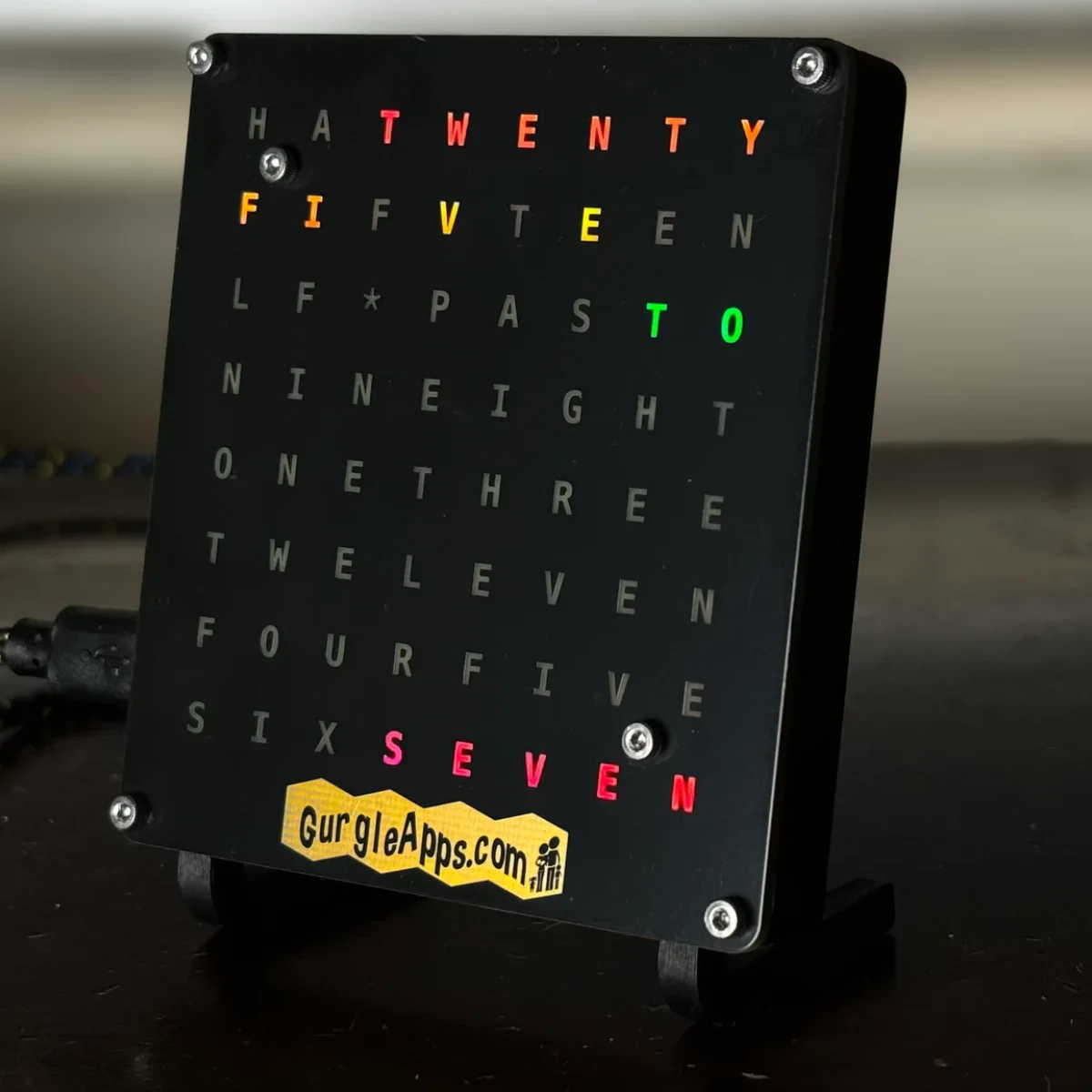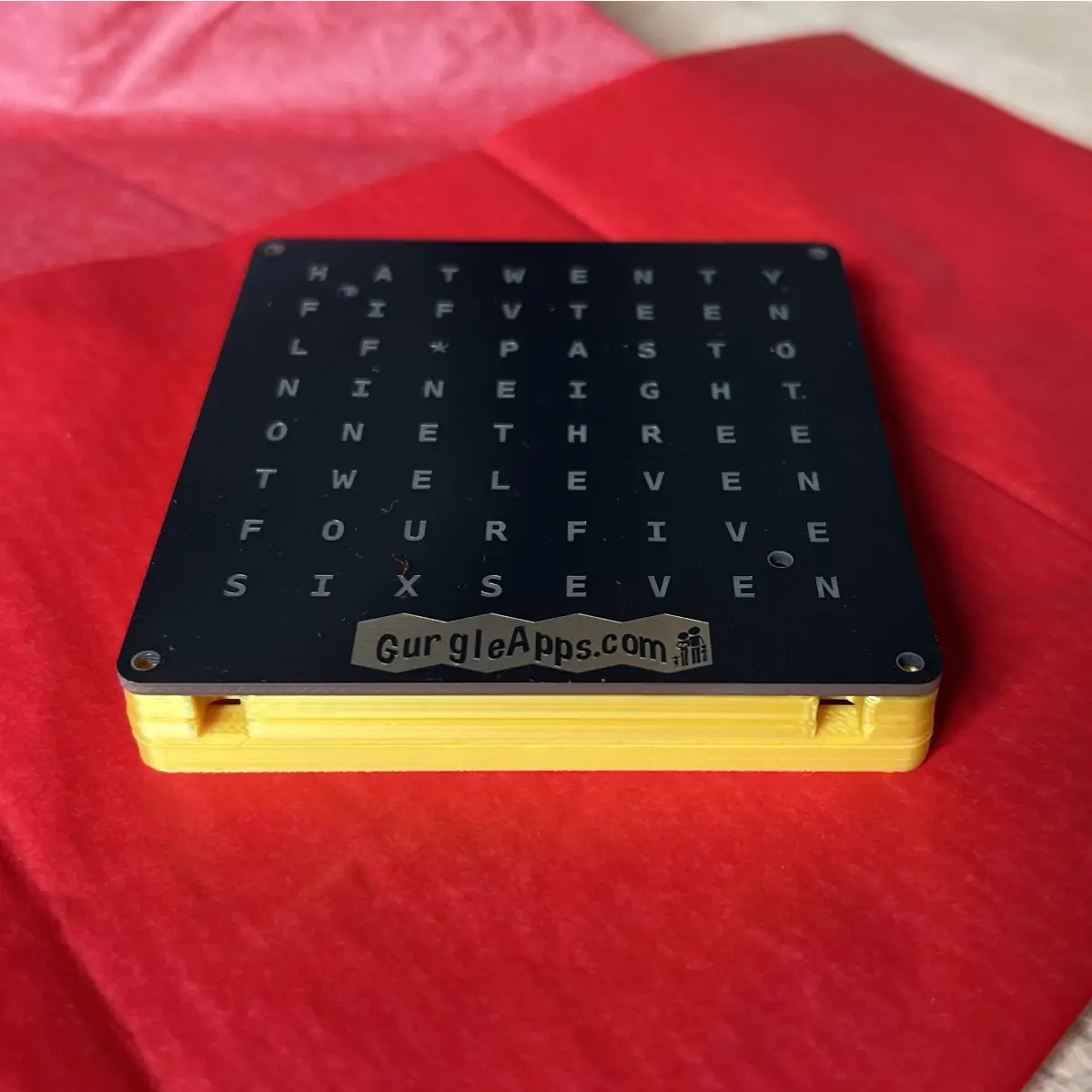standard form
Standard Form
We will show you everything you need to know about Standard Form (In Britain this also known Scientific Notation). This is useful if you’re into STEM or watch our videos or are just doing this at school.
There are many types of Standard Form but normalised Standard Form is the most useful to know because you will most likely come across this type and that’s what we are going to show you today.
- Video
- What is it and why do we use it?
- The Basics
- Normalised
- Converting to Standard Form
- Converting out of Standard Form
- Calculations With Standard Form
- Test Yourself With Our Quiz
Video
What is it and why do we use it?
Standard Form, or Scientific Notation form, is a way of writing numbers which makes working with very large or very small numbers simpler.
It is based on using powers of 10 to express how big or small a number is.
The Basics
$\large a \times 10^n$ Is the layout of Normalised Standard Form. Don’t worry of this looks complex because it really isn’t and we are going to explain.
The $\large a$ part is a number, and the $\large n$ is how many zeros you would need to add if the number was written the regular way. So
$$\large 1 \times 10^3 = 1000$$
Easy, we just added 3 zeros to the 1 because $\large n$ was 3
What we're really saying is $1 \times 1000$ because $10^3$ is $1000$
If $\large n$ is negative (a minus number) we move the other way
$$\large 1 \times 10^{-3} = 0.0001$$
We added the 3 zeros the left this time.
$\large a$ is a number that is greater than or equal to 1 and less than 10.
Normalised
We could write the same number many different ways for example these are all the same number.
- $65000$
- $65 \times 10^3$
- $6.5 \times 10^4$
- $0.65 \times 10^5$
To avoid confusion we pick one way we all agree on which is normalised standard form (scientific notation)
For this we select a value for $\large a$ between 1 and 10.
$ 1 \eqslantless |a| \gt 10 $ This is a fancy way of writing the positive value of a must greater than or equal to 1, and less than 10.
$10n$ is always a positive or negative integer (whole number)
So in the above example $6.5 \times 10^4$ is correct as $6.5$ is between 1 and 10.
Let’s look at a few right and wrong layouts for Normalised Standard Form.
☑ $2.8 \times 10^8$
☑ $6.9\times 10^{-27}$
☒ $28 \times 10^7$
☒ $6.9\times 11^7$
Converting to Standard Form
Let’s turn $35600$ into Standard Form
- Step 1
We need to turn $35600$ into a number greater or equal to 1 but less than 10.
$356$ is too big and $0.35600$ is too small.
$3.5600$ is just right but we get get rid of the excess zeros at the end $3.56$
Another way to think about this is to start from the very left of the original number and stop at the first non zero digit. The decimal point is placed after this number.
In our example $3$ was the first non zero digit, if the number was $0.000561$ then $5$ would be the first non zero digit so it would be $5.61$
- Step 2
Now we have to multiply $3.56$ by $10^{something} $ because we've changed the original number, reducing it by a multiple of $10^{something} $
$35600 = 3.56 \times 10,000$ well $10,000$ is $10^4$ so
$$\large 35600 = 3.56 \times 10^4$$
and we're finished.
let’s try a really small number!
0.0000623
- Step 1
We need to turn $0.0000623$ into a number greater or equal to 1 but less than 10. (or we could scan from left to right and put the decimal point after the first non zero digit)
$623$ is too big and $0.623$ is too small
$6.23$ is just right
- Step 2
Now we have to multiply $6.23$ by $10^{something} $
We've made the number larger than the original this time so $n$ will be negative and move the decimal point to the left.
We need to move 5 places the the left so we end up with
$$\large 6.23 \times 10^{-5}$$
Check out our tutorial on Indices to learn more but briefly
$10^{-5}=\frac {1}{10,000}$
Converting out of Standard Form
Once you can convert to Standard Form, converting out of Standard Form isn’t hard at all.
It's just the opposite of what what we did getting into standard form.
Let’s use the example $3.56 \times 10^4$.
We know the $4$ in $3.56 \times 10^4$ shows how many places the decimal point has moved.
Since it’s not a negative integer we know it moved 4 places to the right.
So we simply move it $4$ places to the right giving us $3.\curvearrowright\curvearrowright\curvearrowright\curvearrowright.$
We simply fill in the gaps (which we often draw as humps with our pen) with the remaining digits and pad with zeros if needed.
- $3.\curvearrowright\curvearrowright\curvearrowright\curvearrowright.$
- $35\curvearrowright\curvearrowright\curvearrowright$
- $356\curvearrowright\curvearrowright$
- $3560\curvearrowright$ (pad with a zero)
- $35600$ (and another zero needed)
And we are done!
Calculations With Standard Form
Check out part 2 where we show you how to add, subtract, multiply, and divide with standard form with examples and another quiz.
Test Yourself With Our Quiz
We made a quiz to test what you've learned, click here to try it.
Don't worry about getting wrong answers, we get things wrong all the time which is how you learn. Trial and error.


